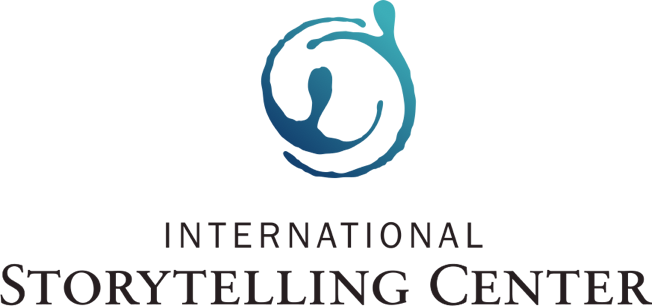Stitching their Stories
The Rich Quilting Tradition of Gee's Bend
Gee’s Bend, for the uninitiated, is a tiny African-American community on the Alabama River that has remained almost completely insulated from the outside world since their enslaved ancestors, who worked the land when it was a plantation, became free men and women. Their stunning hand-stitched quilts have since rightfully become iconic pieces of American folk art.
The Gee’s Bend quilters first skyrocketed to fame after they were discovered by the art world around the turn of the century, an event that resulted in a prestigious traveling exhibit and images of their quilts being featured on stamps sold by the U.S. Postal Service.
Decades before a New York Times art critic called the “eye-poppingly gorgeous” quilts “the most ebullient exhibition of the New York art season,” storytelling’s own Kathryn Tucker Windham was reporting on the unusual and historically significant 700-person community, which is situated not far from her home was in Selma, Alabama.
Every year, months before the first weekend in October, volunteers begin cutting some 14,000 fabric swatches that will serve as tickets at the National Storytelling Festival. A few years ago we were lucky enough to have some of our enterprising friends, the Harry Norris family, transform a collection of those old swatches into the beautiful quilt that hangs in the International Storytelling Center.
Finding a new purpose for old fabric has long been an important part of the quilting tradition, a practice that transformed sheer necessity (due to the scarcity of materials) into high art.
In 2017, ISC welcomed members of the Gees Bend community to the National Storytelling Festival where they talked about their community, their quilting tradition and their personal experiences.



















